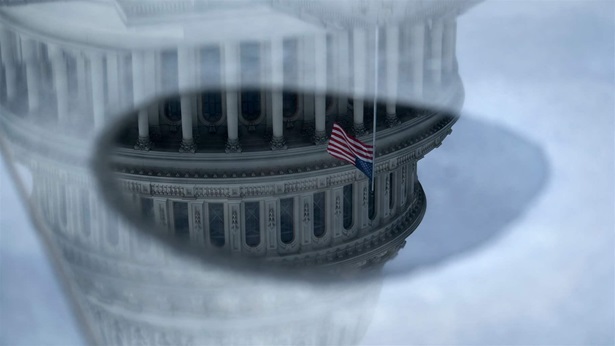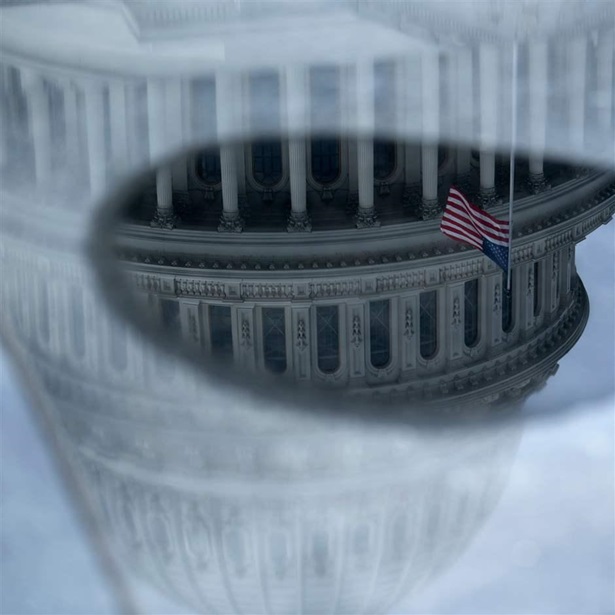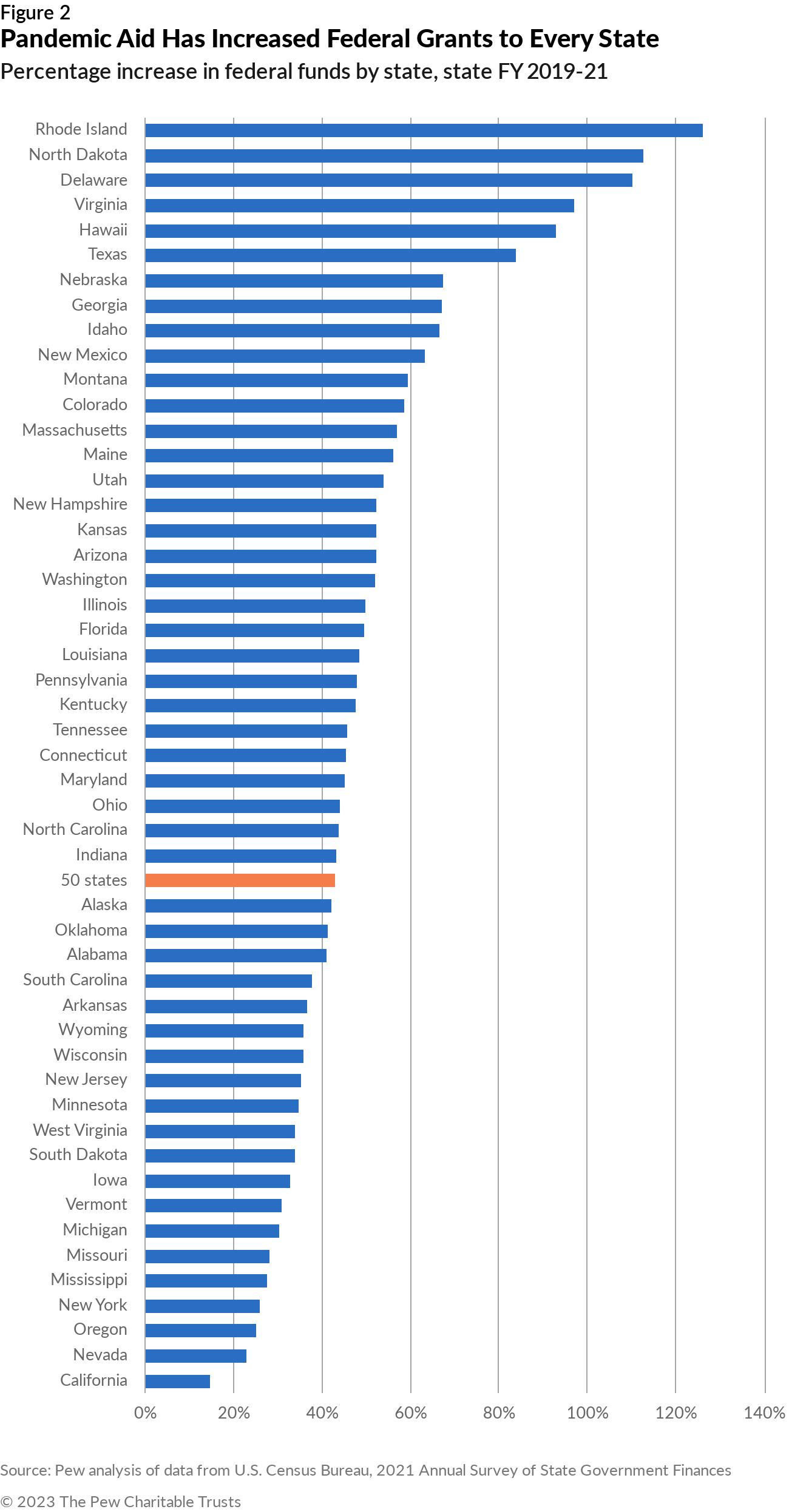Pandemic Aid Lifts Federal Share of State Budgets to New Highs
Simultaneous spike in tax revenue blunts full impact of COVID-19-related grants on distribution of funding sources
The share of states’ total revenue that comes from federal funds climbed to a record high nationally and in most states in fiscal year 2021, the first full budget year bolstered by temporary COVID-19 pandemic aid from the federal government. The federal share of state budgets grew at a slower rate than in the prior year, however, because of a simultaneous spike in tax revenue. Despite mounting fiscal and economic uncertainties, the portion of revenue from federal funds is expected to remain elevated through at least fiscal 2024—the last year in which states can allocate pandemic aid.
In fiscal 2021, 36.7% of states’ revenue came from federal dollars, up from 35.9% the previous year. The share grew in 31 states compared with fiscal 2020 and in 49 states versus fiscal 2019, just before the pandemic. California is the only state that had a lower federal share of state revenue in fiscal 2021 than before the pandemic.

The effect of increased federal aid on the federal share of state revenue was diminished by a simultaneous spike in state tax revenue. Multiple one-time and temporary factors helped state tax collections increase by a historic 19.4% in fiscal 2021 compared with a year earlier. For example, a delay in the 2020 income tax filing deadline from April to July artificially inflated fiscal 2021 totals and annual percentage increases in roughly half of states. Beyond this shift, two other major factors helped to temporarily boost state tax receipts:
- Unprecedented amounts of federal aid to businesses and individuals in the form of stimulus checks, supplemental unemployment benefits, expanded child tax credits, and forgivable business loans.
- A shift in personal spending from often-untaxed services to purchases of goods, which are taxable in most states.
Historically, the federal share of state revenue has ranged from about a quarter to a third. Before the pandemic, the highest share occurred just after the 2007-09 recession, when a temporary influx of federal dollars and falling state tax revenue pushed the federal share to 35.5% in fiscal 2010 and 34.7% in fiscal 2011. The fiscal 2021 share was 5 percentage points higher than the 20-year average of 31.7% for fiscal 2002-21, and 11.7 percentage points greater than the fiscal 1981-2000 average of 25%. In the period between the Great Recession and the pandemic, Medicaid was a major driver of the long-term growth of the federal share, partly because of states’ participation in the Medicaid expansion under the Affordable Care Act, as well as an overall increase in Medicaid enrollment. As of May 2023, 40 states and Washington, D.C., had adopted the expansion.
The federal share of state revenue reflects how much funding states receive from the U.S. government to help pay for public services, such as health care, education and training, transportation, and infrastructure. The indicator measures the combined effects of swings in state and federal funds. A higher or lower percentage does not necessarily indicate a problem for state budgets. Across the country, the percentage of state revenue from federal funds ranges from about a quarter to more than half of state revenue.

Nationwide, states received an additional 42.9% in federal grants in fiscal 2021 compared with just before the pandemic—ranging from 126.1% more in Rhode Island to 14.5% more in California. From March 2020 to March 2021, the federal government awarded states more than $800 billion in COVID-19 relief via six bills, more than double the amount of aid it provided to states in response to the Great Recession of 2007-09. Pandemic aid to states included enhanced support for Medicaid costs, flexible funds for states to combat the public health crisis and plug budget gaps, and significant one-time investments in education and income security, among other programs.

State highlights
Federal shares vary across the country. Fiscal 2021 data shows that:
- Alaska reported the highest percentage of revenue from federal funds (57.2%).
- Comparatively, Kansas reported the lowest percentage (26.9%).
- The percentage of state revenue from federal funds in states with the largest federal shares—Alaska, Louisiana (53.6%), and Montana (51.5%)—was roughly double what it was in those with the lowest shares: Kansas, Utah (27%), and California (27.8%).
- Federal funds—rather than state tax dollars—accounted for the largest source of revenue in 15 states, a slight decrease from 18 states in fiscal 2020 but a more than threefold increase from pre-pandemic levels in fiscal 2019.
- California was the only state where the federal share of state revenue was lower in fiscal 2021 than in fiscal 2019—driven by a historic spike in tax revenue during the same period.
- 25 states reported their highest percentage of revenue from federal funds of any year in the past 50 years.
- Rhode Island experienced the biggest percentage-point gain in the federal share of state revenue from fiscal 2020, up 7.7 percentage points.
- South Dakota experienced the biggest percentage-point loss from fiscal 2020, down 11.9 percentage points.
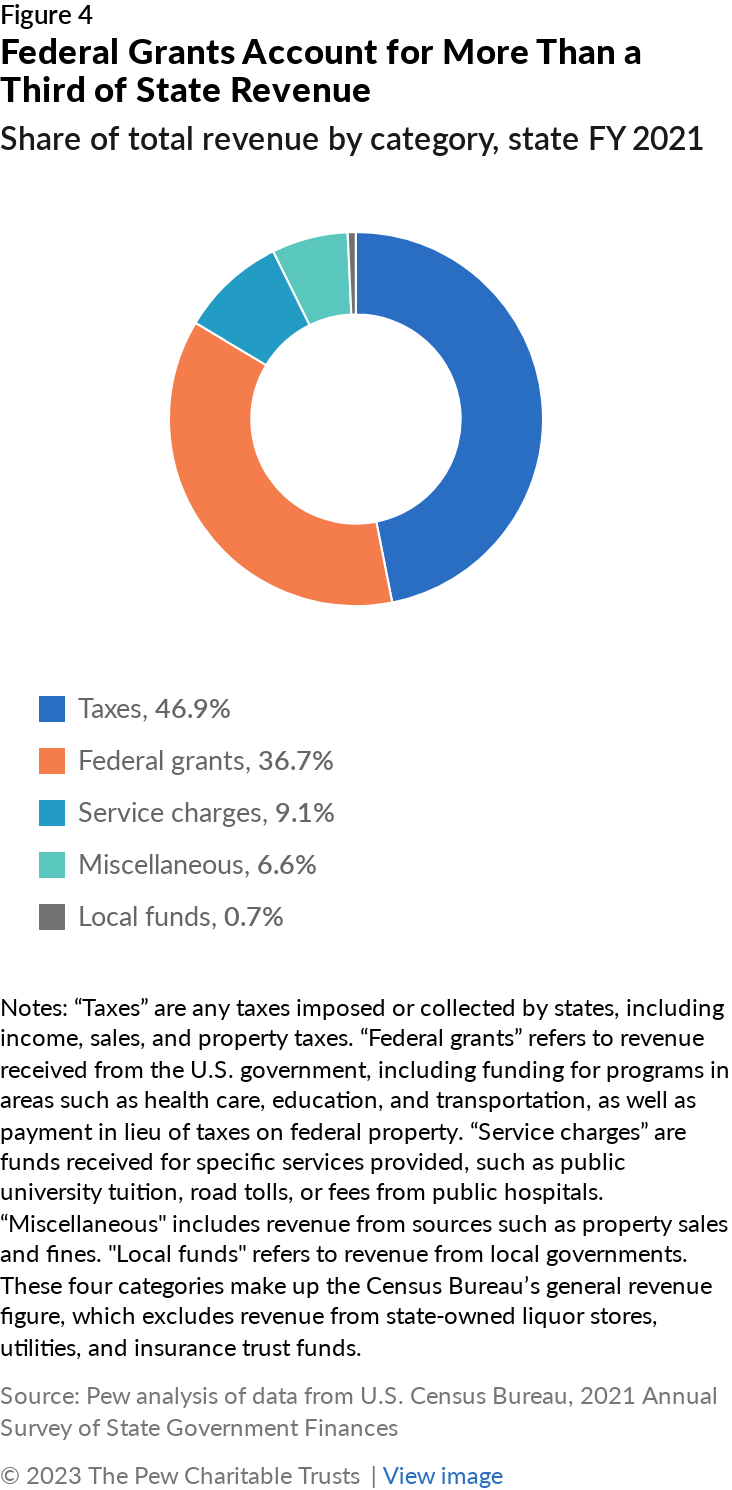
Federal dollars remained the second-largest source of states’ revenue in fiscal 2021, accounting for about $988 billion, or roughly 36.7% of the $2.7 trillion that state governments collected. Tax collections are states’ leading revenue generator and reached $1.3 trillion in fiscal 2021—making up nearly half of state revenue.
The federal share of state revenue is expected to remain elevated through fiscal 2024 as funds from the American Rescue Plan, the Infrastructure Investment and Jobs Act, and other federal legislation continue to flow to states and as the temporary factors that increased state tax revenue fade.
- Analysis by Rebecca Thiess, Justin Theal, and Kate Watkins
Download the data to see individual state trends. Visit Pew’s interactive resource Fiscal 50: State Trends and Analysis to sort and analyze data for other indicators of state fiscal health.
Previous Updates


America’s Overdose Crisis
Sign up for our five-email course explaining the overdose crisis in America, the state of treatment access, and ways to improve care
Sign up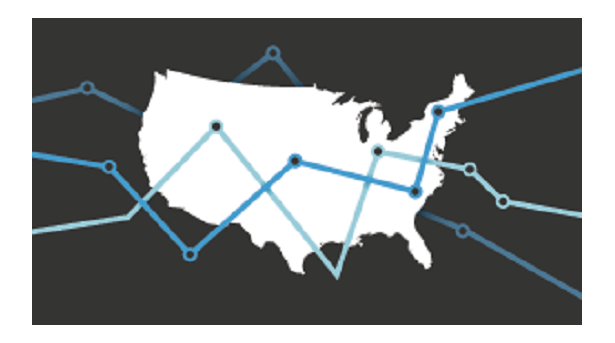
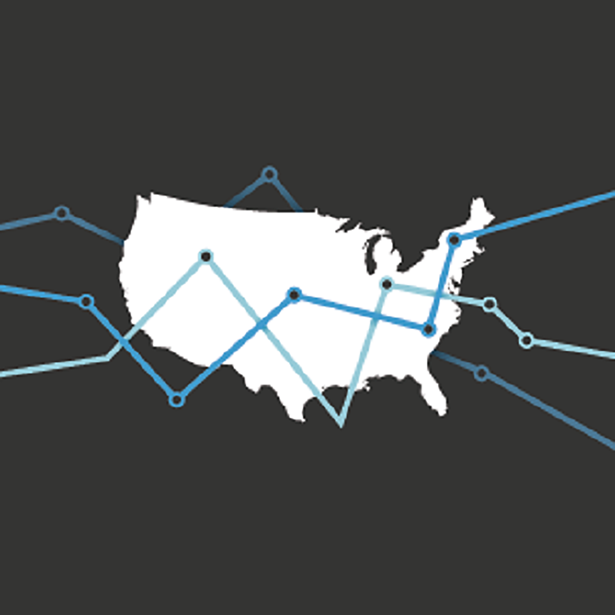
Fiscal 50: State Trends and Analysis
